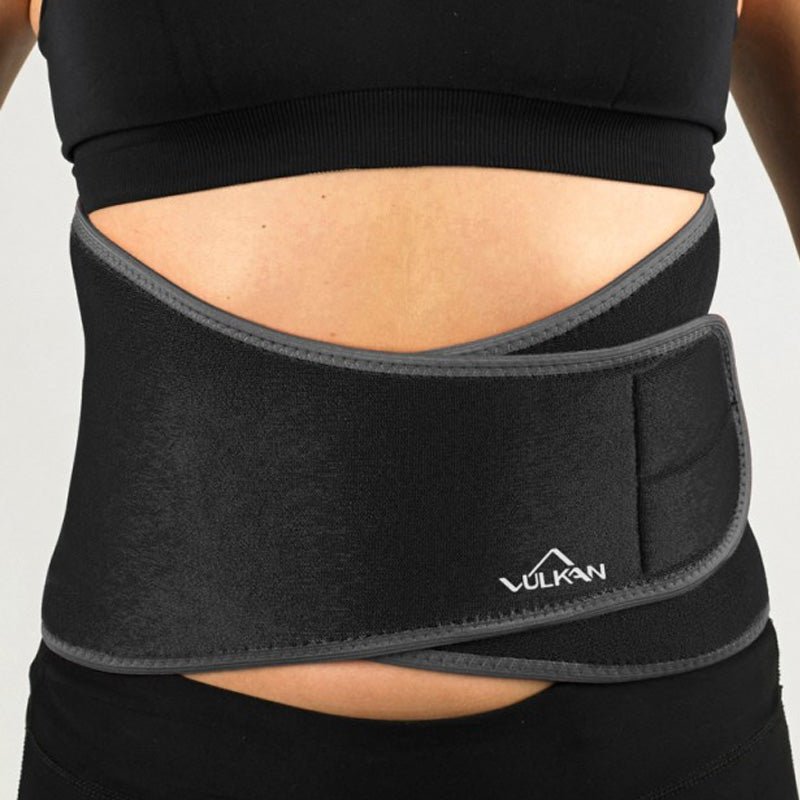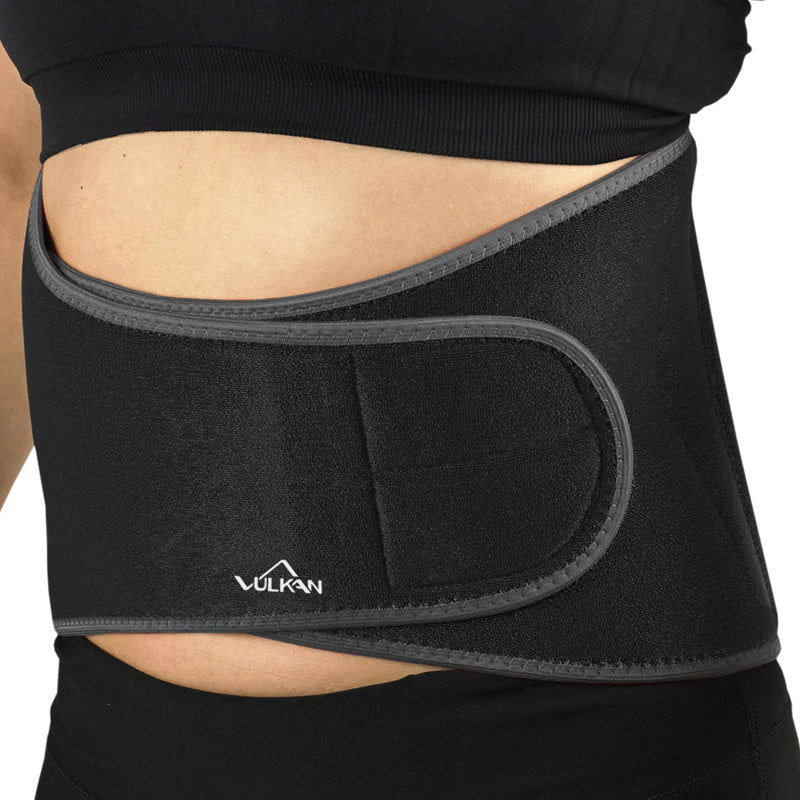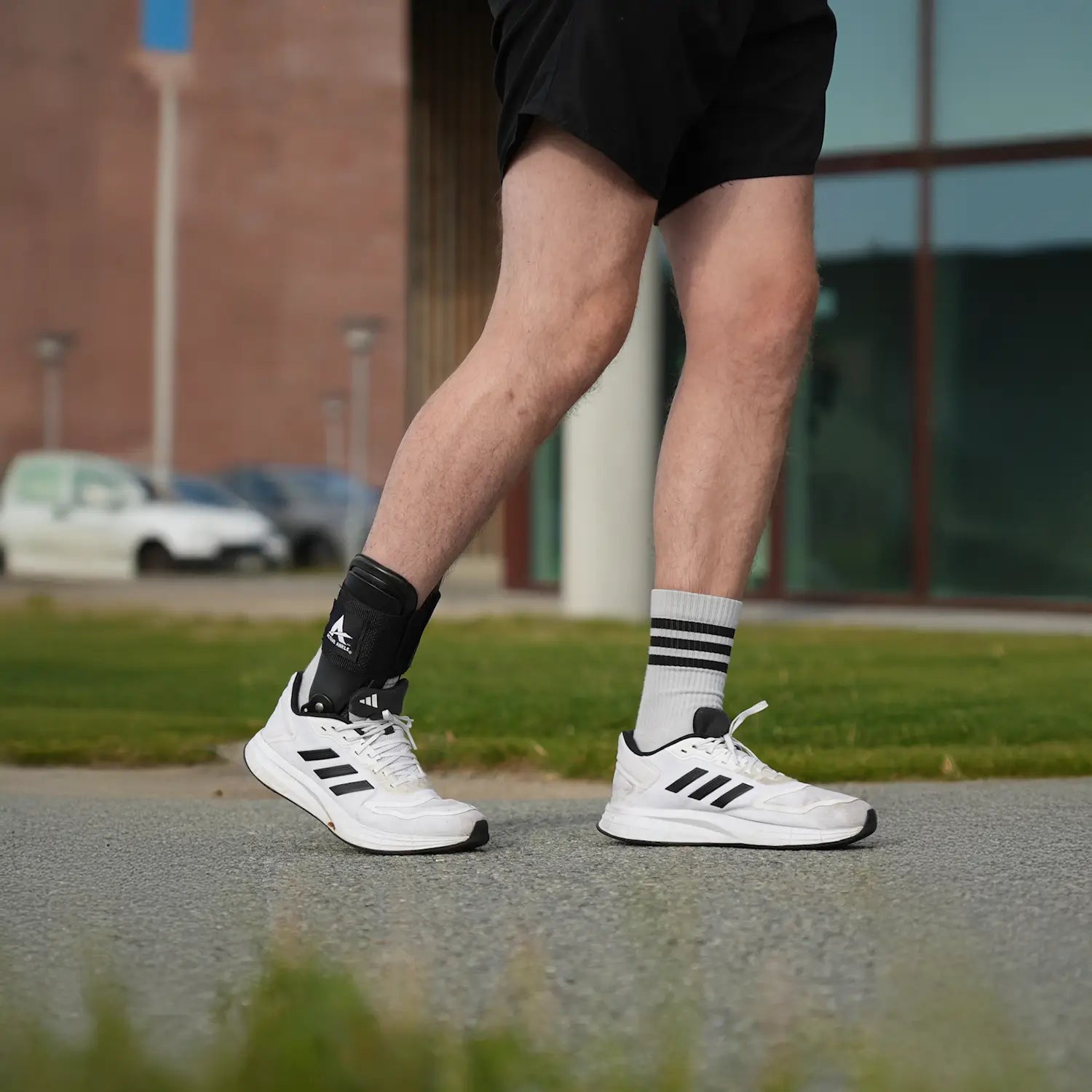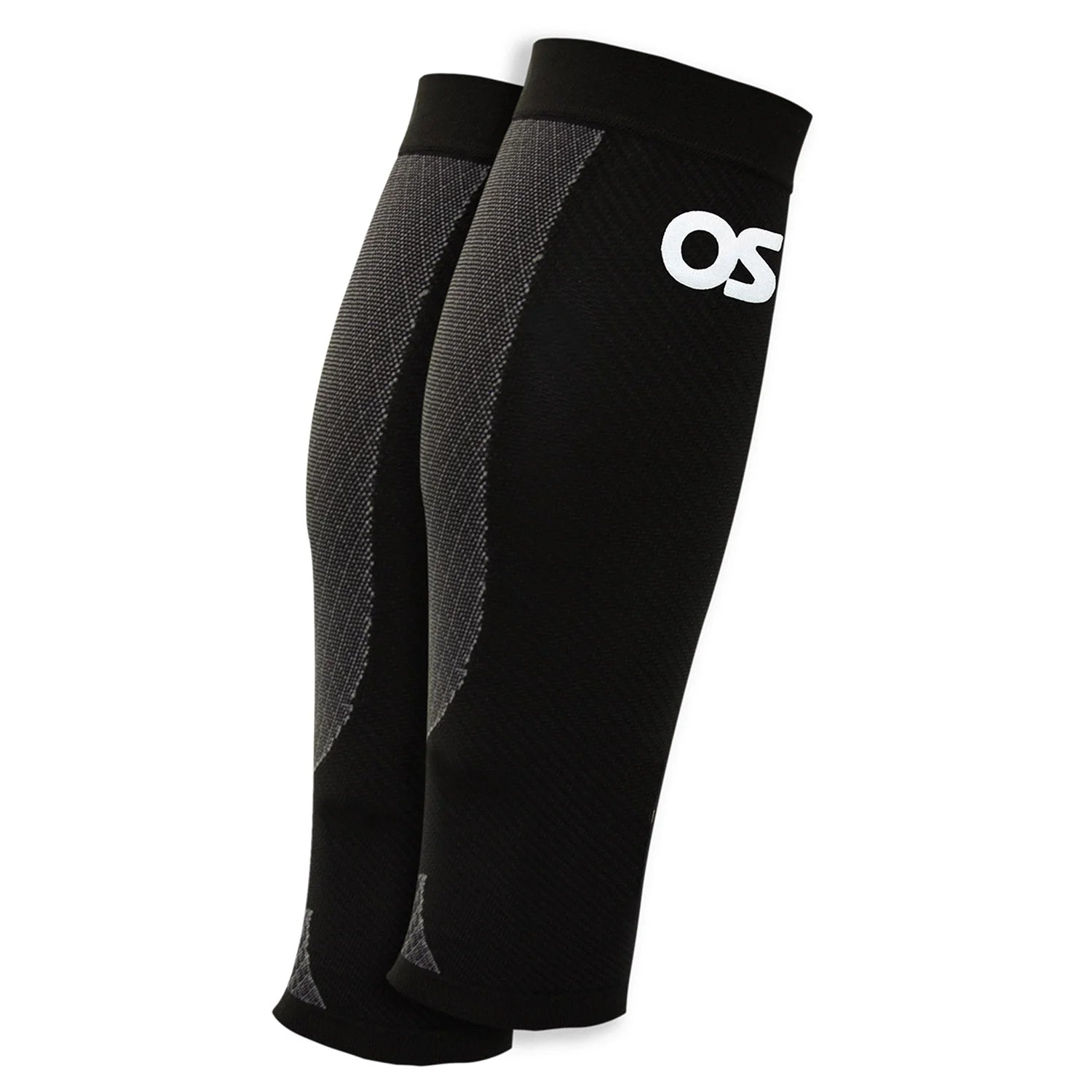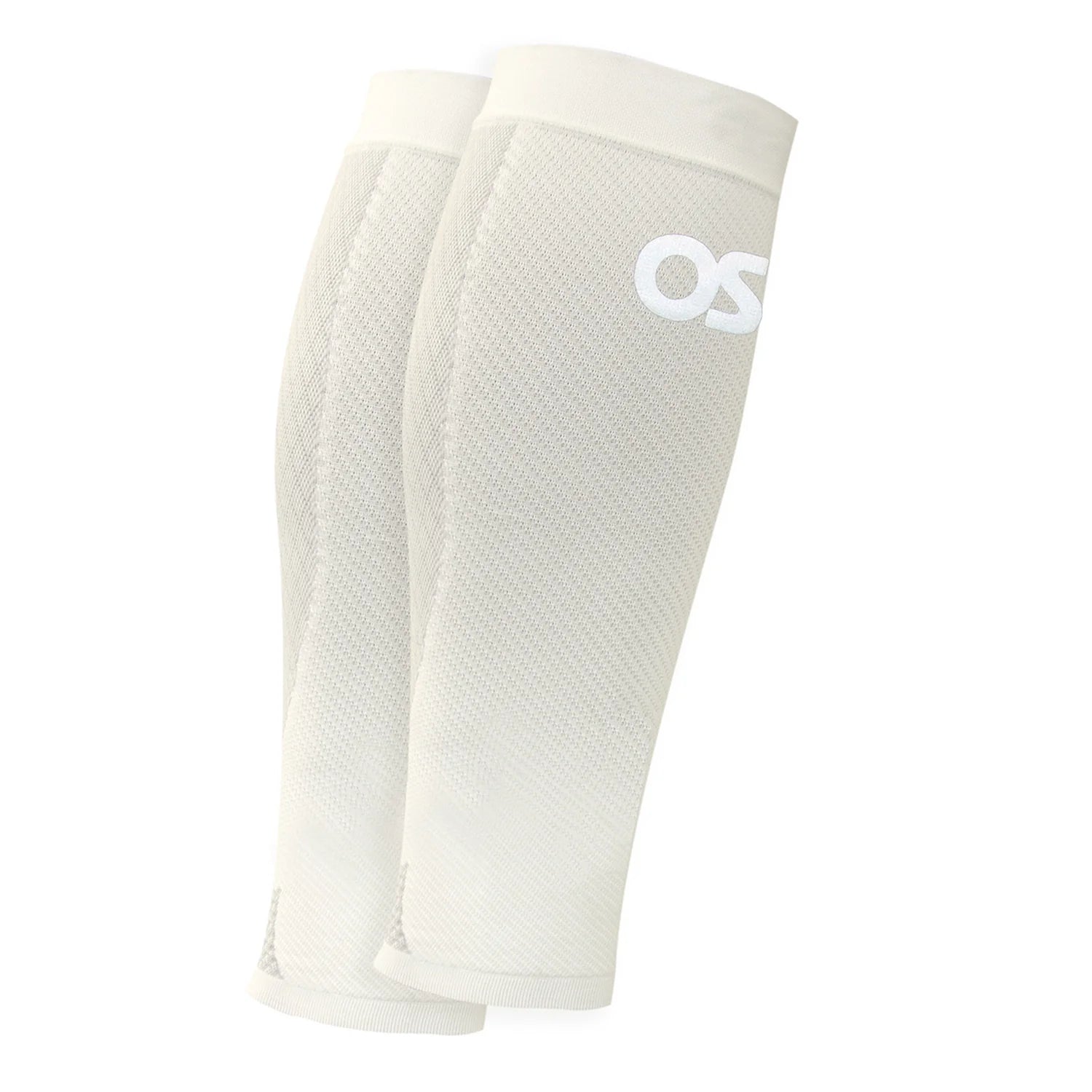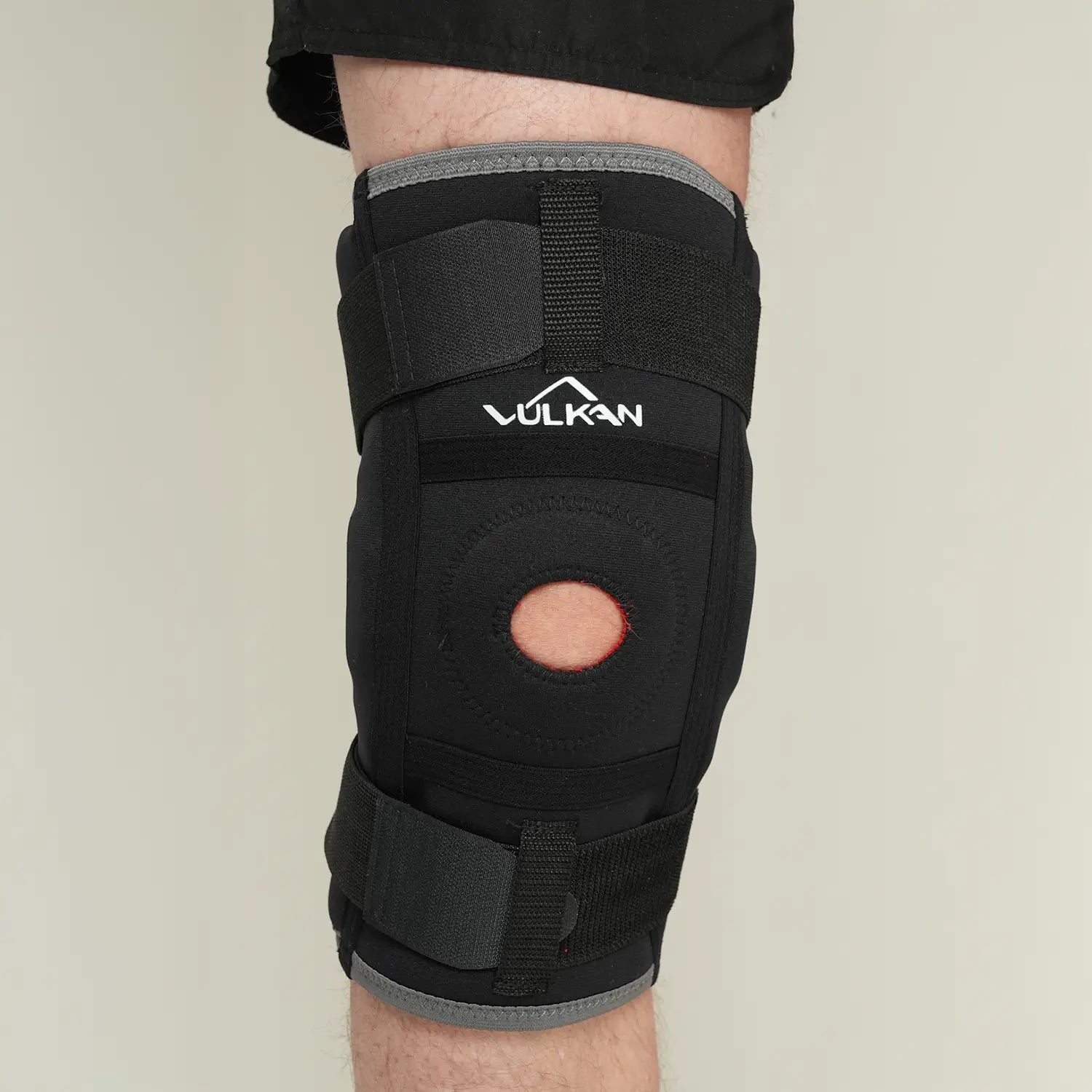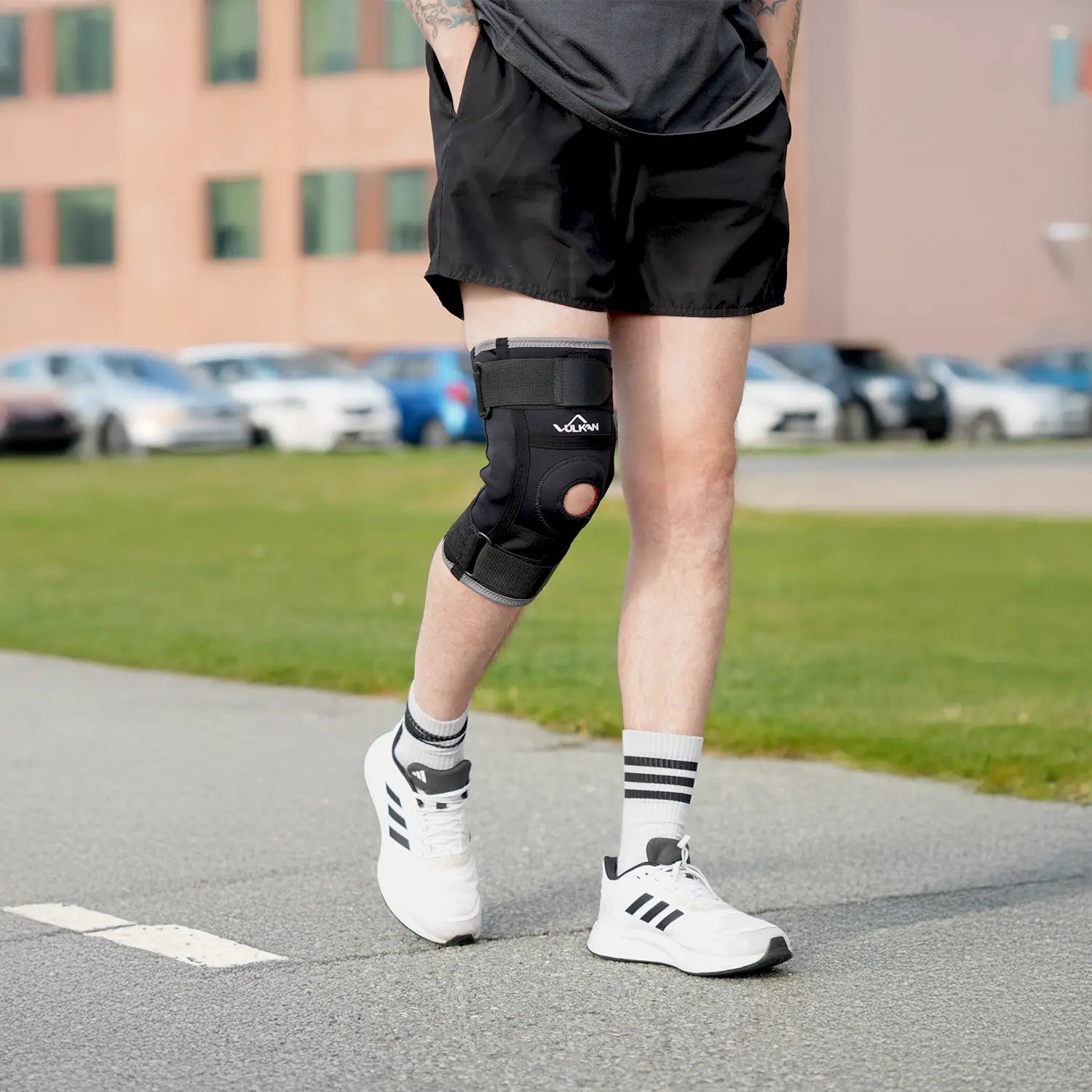
Meniscus injury
Content description
A meniscus tear occurs when the cartilage discs in the knee – the menisci – are damaged, usually during a sharp twist or squat. The menisci stabilize and protect the knee during stress, but after the age of 40 they often become more fragile and more susceptible to injury, even from minor trauma.
Symptoms of meniscus injury
You can usually recognize a meniscus injury by the following symptoms:
- Knees locking or getting stuck in one position
- Sharp pain when twisting or squatting
- Swelling in the knee
When and where should I seek care?
The majority of meniscus injuries heal on their own, but you should consider contacting a healthcare provider if symptoms do not improve within a few days.
If you experience any of the following, you should seek emergency care, preferably within 24 hours:
- Knees get stuck and can't be straightened
- You can't support your leg.
- Swelling occurs quickly after the injury
Call 1177 if you need help with advice or care guidance.
Treatment of meniscus injury
Treatment varies depending on the extent of the injury. For mild injuries, rest combined with exercise is sufficient. Physiotherapy is often sufficient, but for mechanical problems such as locking, surgery may be necessary.
After surgery, rehabilitation is emphasized to regain strength, balance, and mobility. It is not harmful to exercise lightly, but avoid vigorous movements that put stress on the knee.
What can I do myself?
Gradually rebuilding the knee through moderate loading and exercise is often effective. Avoid deep squats and rapid twisting movements in the beginning, but include a reasonable increase in activity with strength and balance exercises to reduce the risk of relapse. If you have difficulty stabilizing your knee, we recommend one of our knee supports below.
Recommended products
How long does rehabilitation take?
The usual healing time is 6–12 weeks with conservative treatment. If surgery is required, it may take 3–6 months before full recovery is possible.
Do I need to have my knee X-rayed?
X-rays are not always needed for diagnosis, but can be used to rule out a fracture. In cases of uncertainty, MRI is sometimes used.
Can I exercise during rehabilitation?
Yes, light exercise is often good – especially when you focus on strengthening your thigh muscles and balance training. The exercise should be pain-free the days after.
When is surgery necessary?
Surgery is considered if the knee locks up regularly, if the pain is severe, or if the injury does not improve with rehabilitation. Surgery usually involves keyhole surgery where the meniscus is repaired or the damaged part is removed.






